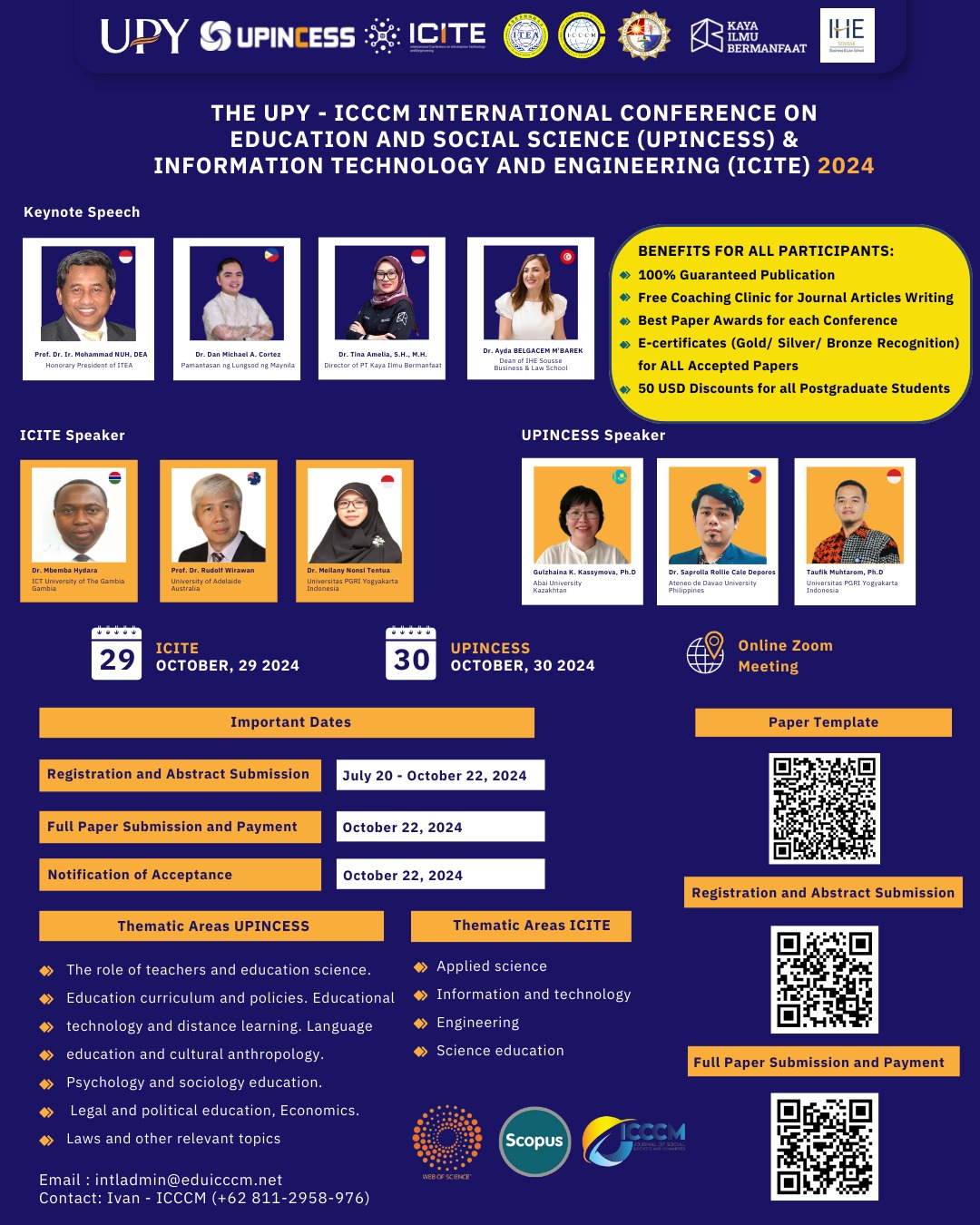Research on the Management of International students in Chinese Colleges and Universities
DOI:
https://doi.org/10.53797/icccmjssh.v1i3.6.2022Keywords:
education internationalization, international student management, literature review, Chinese UniversitiesAbstract
With the deepening internationalization of higher education, China's higher education is more closely connected with the world. Driven by national policies and their own development needs, Chinese universities have enrolled more and more foreign students from all over the world. However, with the increase of the number of foreign students, Chinese government and universities also have the practical need to improve the Improve the quality of education and management of overseas students in China. Therefore, this paper reviews the existing journals and papers on international student management and tries to find out what can help to improve the international student management in Chinese universities. Based on the literature review, this paper discusses how to improve the international student management level and ability of Chinese Universities from three aspects: improving the quality of international student enrollment, improving teaching management, and strengthening standardized and humanized life management, which plays a vital role in continuously improving the international reputation of China's education and the ability to continuously attract talents from all over the world.
Downloads
References
G Harman. (2014). Internationalization of Australian Higher Education: A Critical Review of Literature and Research. Internationalizing Higher Education.119-140. https://doi.org/10.1007/1-4020-3784-8_7
Belford, N. (2017). International Students from Melbourne Describing Their Cross-Cultural Transitions Experiences: Culture Shock, Social Interaction, and Friendship Development. Journal of International Students, 7(3), 499-521.
Ding, X.J. (2011). From Economic Gains to Students' Experiences-A Review of the Britain's Changes in Policies on International Students of Higher Educational Institutions. Journal of Higher Education, (8),104-126.
Hegarty, N (2014). Where we are now—The presence and importance of international students to universities in the United States. Journal of International Students, (4):223-235
Hanassab, S.& Tidwell R. (2002). International Students in Higher Education: Identification of Needs and Implications for Policy and Practice. Journal of Studies in International Education, 6(4): 305-322. https://doi.org/10.1177/102831502237638
Huang Hua & Ma Rong(2019). Challenges and Countermeasures of Assimilation Management of International students from Countries along the "the Belt and Road". Education and Occupation. (22)23-26
T. Bevis. (2011). International Students in American Colleges and Universities: A History. Palgrave Macmillan.
Mclellan CE. (2009). Cooperative Policies and African International Students: Do Policy Spirits Match Experiences?. Higher Education Policy,22(3): 283-302. https://doi.org/10.1057/hep.2009.11
Kemal Guruz. (2011). Higher Education and International Student Mobility in the Global Knowledge Economy. State University of New York, 2009(6), 60-62. https://doi.org/10.1057/ijea.2009.22
Perraton, H. (2014). A History of Foreign Students in Britain. Palgrave Macmillan UK, 54-55.
Scott C, Safdar S (2015). Trilokekar RD etc..International Students as ‘Ideal Immigrants’ in Canada: A disconnect between policy makers’ assumptions and the lived experiences of international students . Canadian & International Education, 43(3): 56-67. https://doi.org/10.5206/cie-eci.v43i3.9261
Downloads
Published
How to Cite
Issue
Section
License
Copyright (c) 2022 Yanqun Tu, Alisa Ibrahim

This work is licensed under a Creative Commons Attribution-NonCommercial-ShareAlike 4.0 International License.




